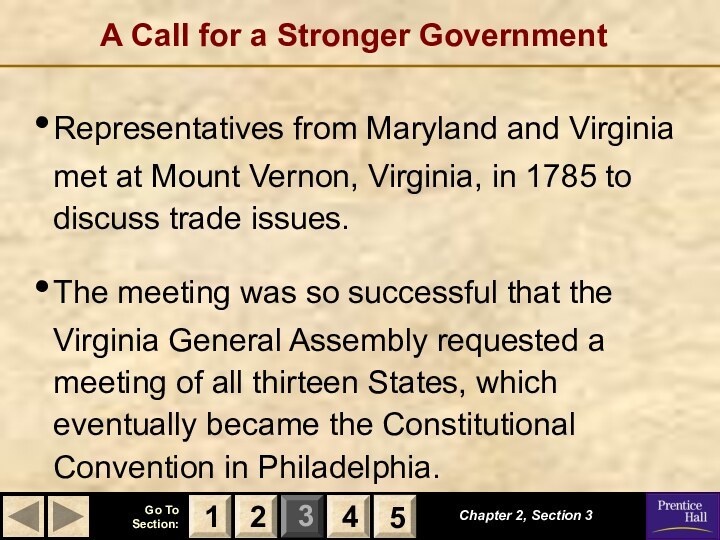Origins of American Government
SECTION 1 Our Political Beginnings
SECTION 2 The Coming
of IndependenceSECTION 3 The Critical Period
SECTION 4 Creating the Constitution
SECTION 5 Ratifying the Constitution
Chapter 2
2
3
4
1
5





























































